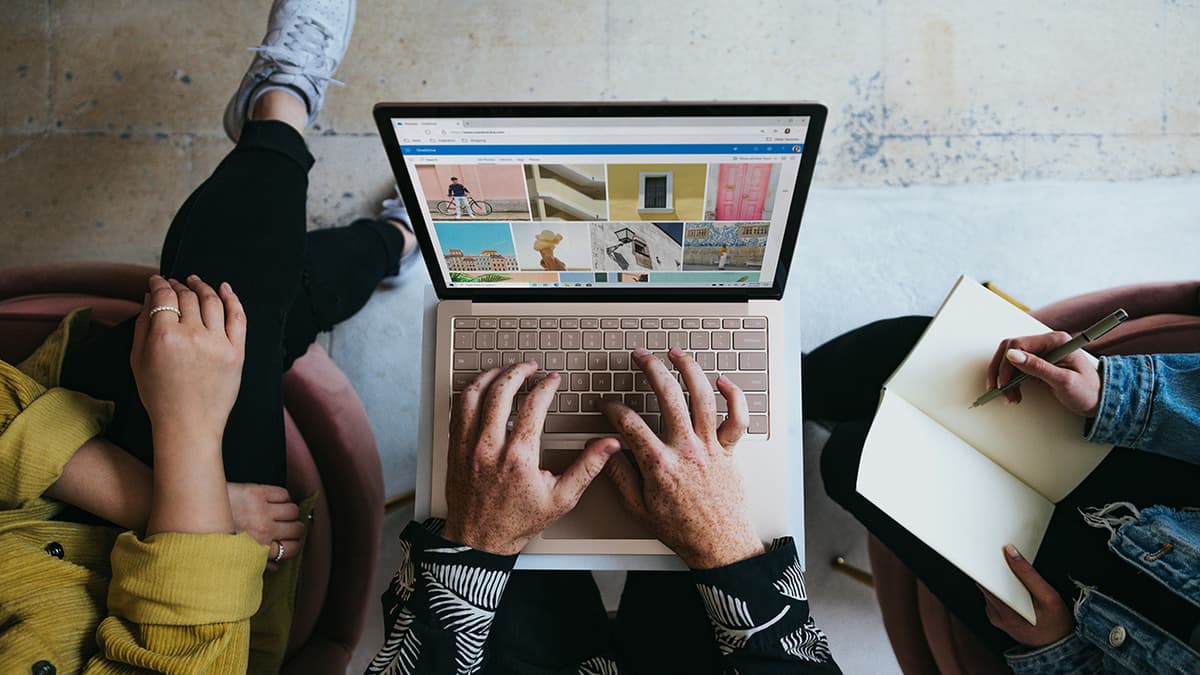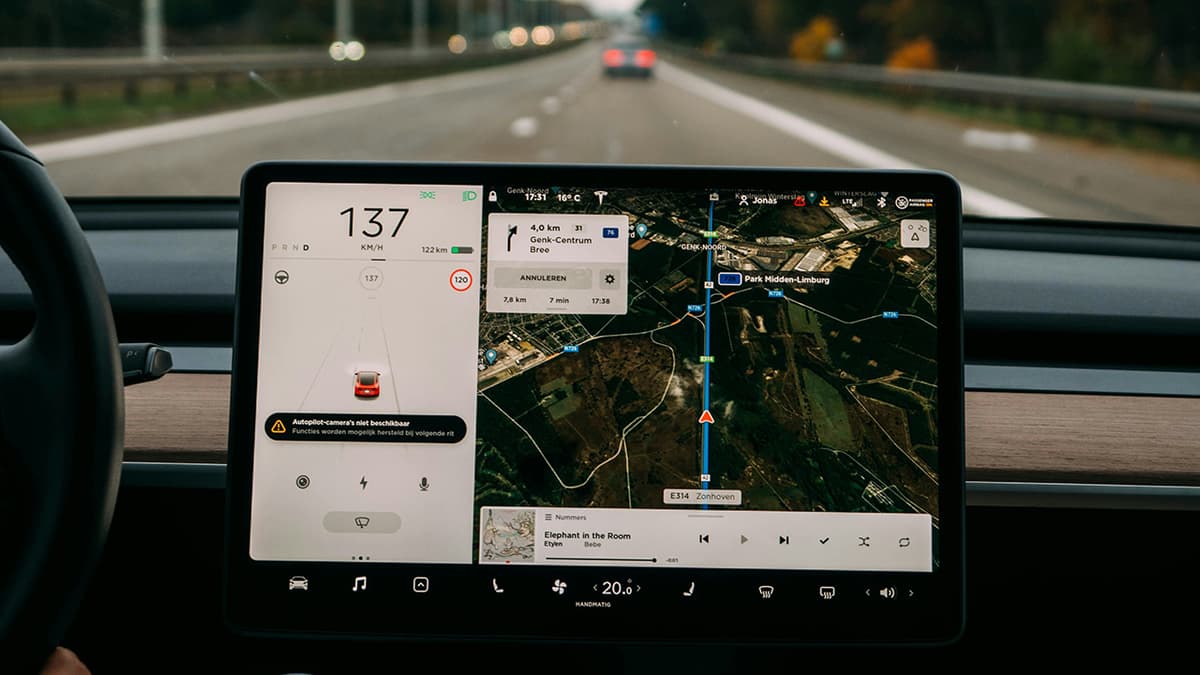AI Fashion: Transforming the Fashion Industry
AI is making significant changes in various fields, including fashion. This article discusses how AI is reshaping the fashion industry and its future implications.
AI fashion involves incorporating artificial intelligence technologies across different segments of the fashion sector. This integration includes design, virtual try-on, personalized recommendations, trend forecasting, supply chain optimization, and more. The merger of AI and fashion leads to innovative developments that redefine the industry.
How is AI Influencing Fashion Design?
AI plays a crucial role in fashion design. Designers now utilize AI tools to create unique and imaginative designs. The Fashion-MNIST dataset, developed by researchers, serves as a benchmark for training AI models to produce new clothing designs. These models analyze existing fashion trends and generate novel designs based on established patterns and styles. This collaboration between human creativity and AI algorithms allows designers to explore new creative avenues.
What is Virtual Try-On Technology?
Virtual try-on is a key application of AI in fashion. This technology allows customers to try on clothes virtually, removing the need for physical fitting rooms. By utilizing computer vision and augmented reality, AI can overlay virtual clothing onto images or videos of users. This provides an accurate view of how garments would appear on them. Virtual try-on enhances the online shopping experience, reduces return rates, and boosts customer satisfaction. Companies like Zeekit excel in creating virtual try-on solutions, enabling users to try on clothing with just a few clicks.
How Are Personalized Recommendations Changing Shopping?
Personalized recommendations are dramatically improving with the help of AI in fashion. AI algorithms can analyze extensive customer data, including purchase history and online behavior, to understand personal preferences and offer tailored suggestions. This helps customers discover styles and products that meet their tastes, leading to a more satisfying shopping experience. Retailers like ASOS use AI-driven recommendation systems to enhance customer engagement and increase conversion rates.
How is AI Impacting Trend Forecasting?
Trend forecasting is being transformed by AI. Algorithms can analyze various data sources, including social media, fashion blogs, and runway shows, to identify emerging trends and predict future directions in fashion. This capability enables fashion brands to stay ahead, anticipate consumer needs, and make informed design and marketing choices. Companies like Heuritech focus on using AI for trend forecasting, providing valuable insights to brands and retailers.
Other Applications of AI in Fashion
AI is also utilized in supply chain optimization, inventory management, fraud detection, and sustainability initiatives within the fashion industry. The integration of AI technologies across these domains streamlines operations, reduces costs, and promotes sustainability efforts.
AI fashion is an evolving field with vast potential. As AI technology becomes more advanced and data collection methods improve, further groundbreaking developments can be expected. The fashion industry is adopting AI as a vital resource for creativity, personalization, and efficiency, fundamentally changing how we engage with fashion.












